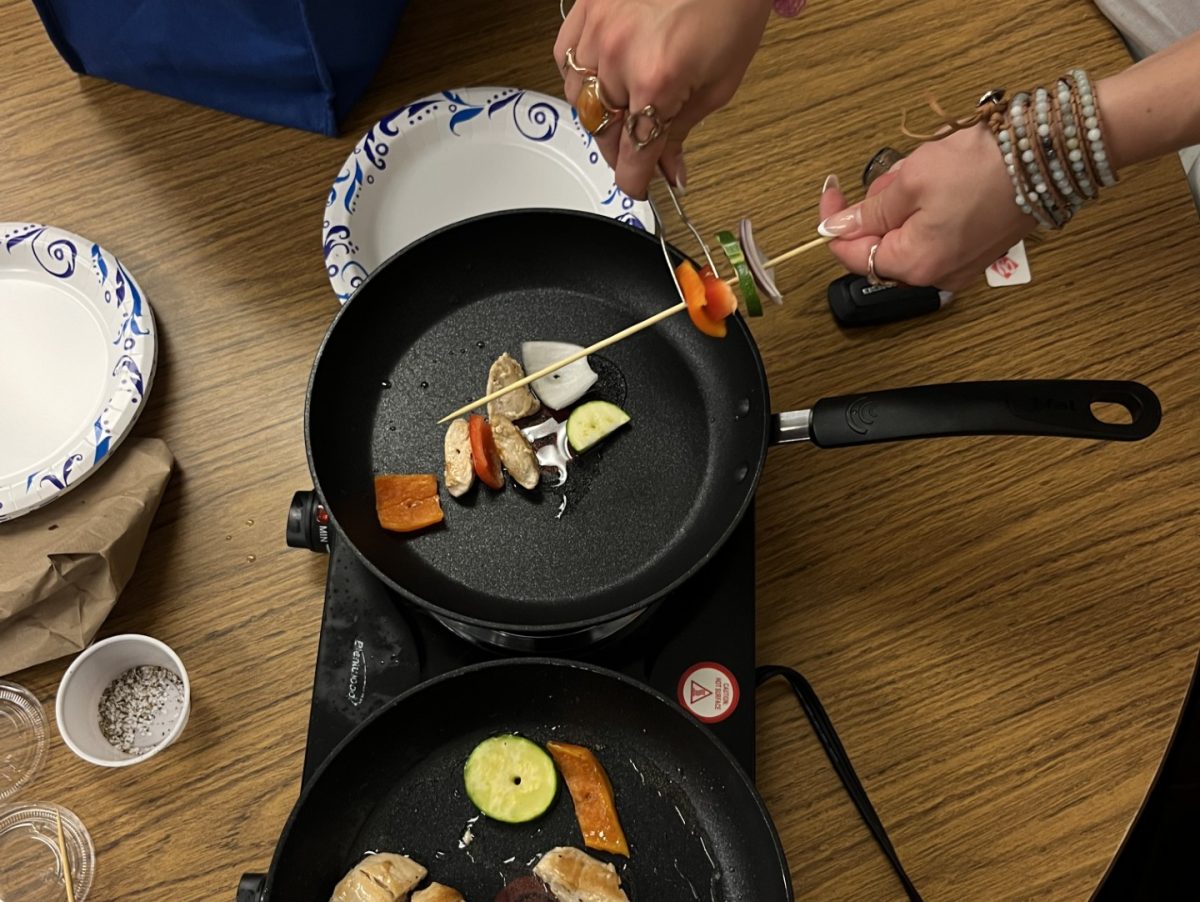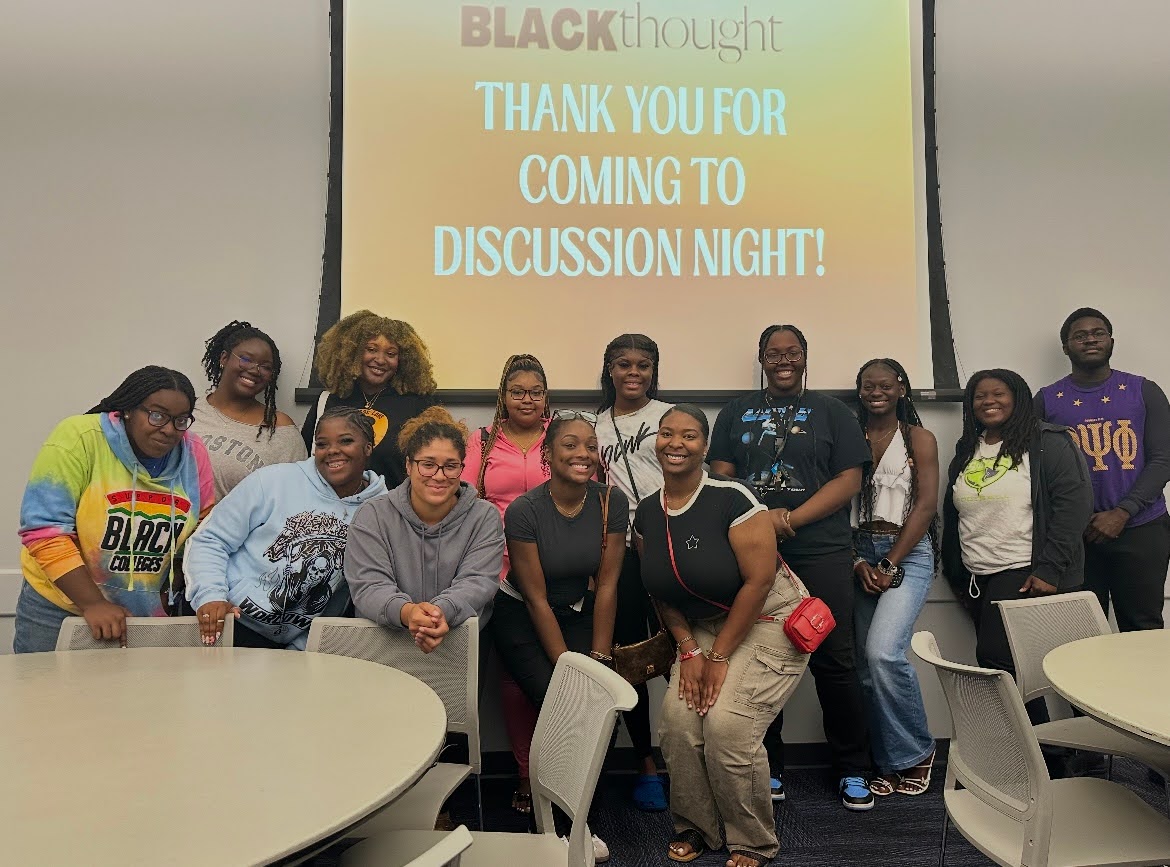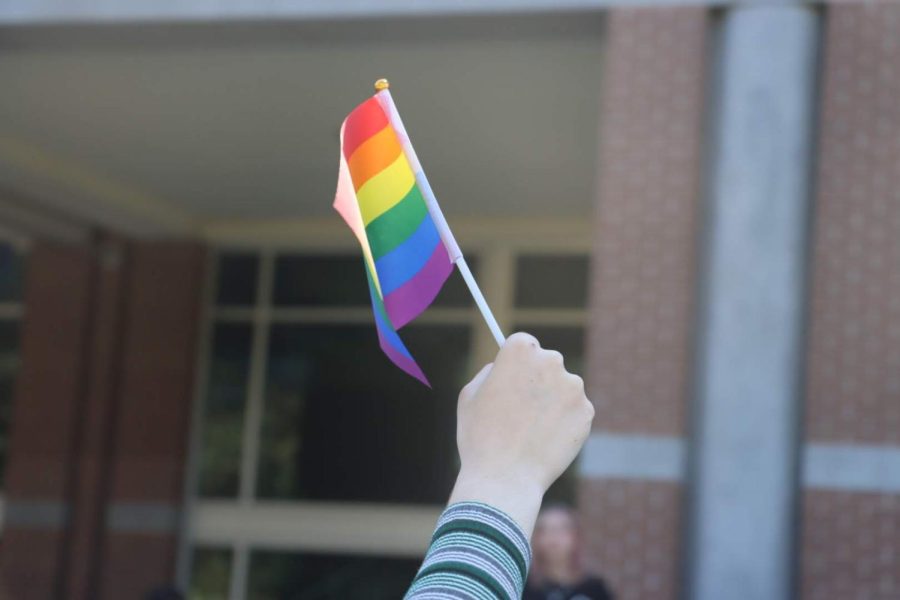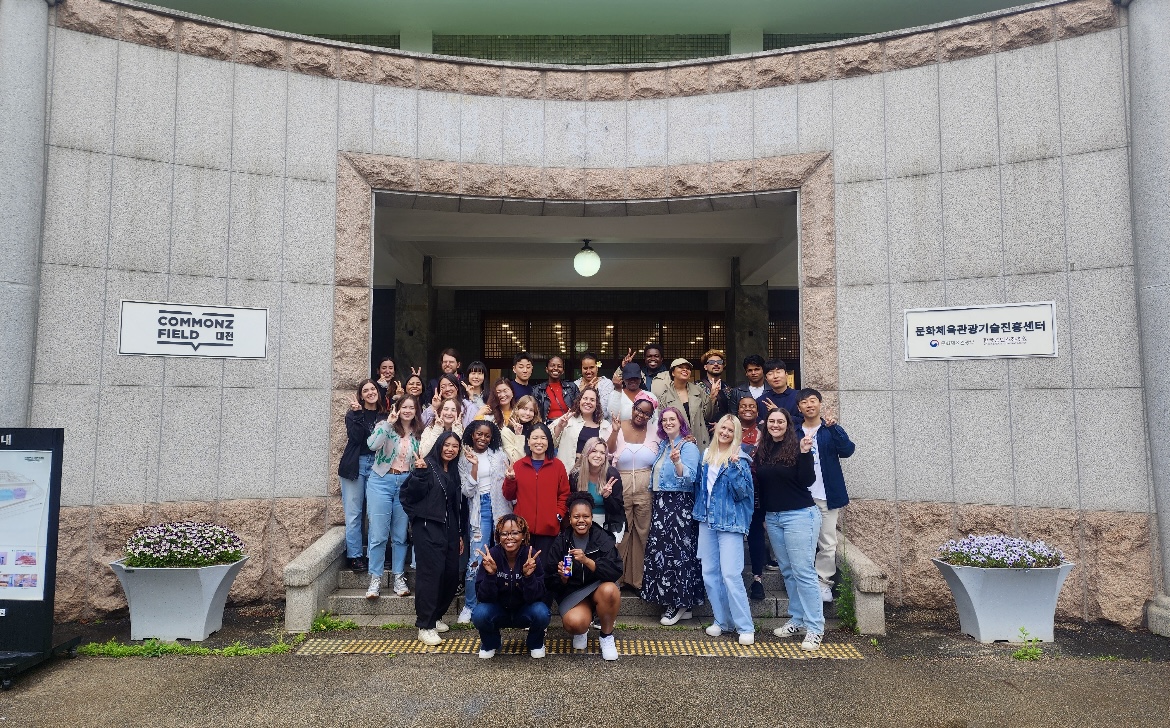In the muggy Mayport woods lay a bounty of Native American artifacts from trash piles dating back to 1000 AD. You know the saying.
Keith Ashley and his students cleaned and analyzed animal bones, shells and broken pieces of pottery in UNF’s archaeology lab. They’re hoping to dig up more about Jacksonville’s Native American history from the remnants of a Native American village.

“People don’t think about Jacksonville as a key Native American spot because there are no living tribes in the area, but it has an incredibly rich Native American history,” said Ashley, the coordinator of archaeological research at UNF.
The findings give archaeologists valuable insight on Native Americans that lived before European contact. They excavated dozens of trash heaps, or “shell-middens,” that revealed Native Americans’ eating habits.
Students also found items of everyday use like a rare hairpin from an animal bone with detailed carvings or pottery shards with distinct checkered patterns.
“A thousand years ago, we know that these natives are not farming at all. They were living off the natural bounty of estuary, eating an incredible amount of fish,” Ashley said.
This particular village had a trading network with fellow tribes located at the sites of other UNF digs like Big Talbot Island and Mill Cove at Fort Caroline.
UNF offers a six-week course where students get hands-on experience excavating and screening artifacts. It’s a meticulous process.
“We dig in units meter by two squares, screening everything by ten centimeter levels. We take exact locations of where everything is located,” Ashley said. “At the lab, they’re washed, analyzed, catalogued and curated.”
Ashley said the Mayport excavation is a fantastic experience for students.

“A lot of students have taken classes, so they have a textbook vantage point. Now for the first time they can be involved in archaeology in the field,” Ashley said. “They’re learning the precision we need to have.”
In the lab, students like junior anthropology major Tom Ross were busy cleaning piles of brown shells with a toothbrushes. Ross explained how students benefited from the dig.
“Overall [the Mayport dig] is a great experience. There’s a lot to learn in a short amount of time. It’s definitely a full-on experience,” Ross said. “In the field, you’re digging, you’re recording. It has to be pretty close to perfect.”
As for the fate of the artifacts, Ashley said they hand them back to the Navy because the site is on Navy property. Until then, Ashley and his students will pore over the artifacts for a year.
—
For more information or news tips, or if you see an error in this story or have any compliments or concerns, contact editor@unfspinnaker.com.











